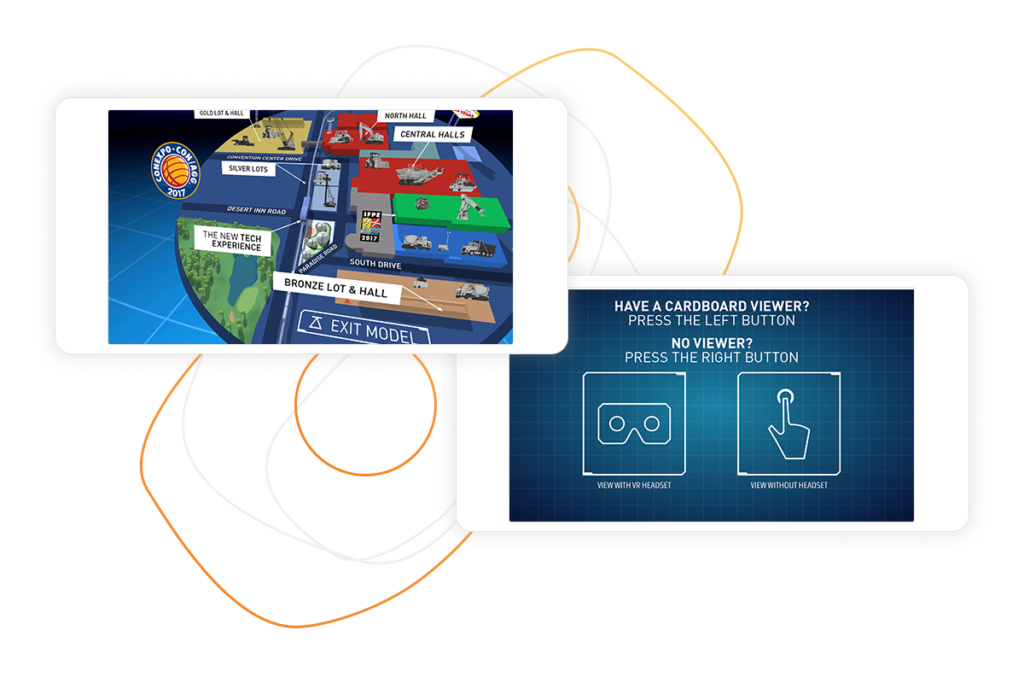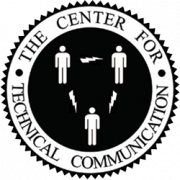Whether we like it or not, the trade shows and events we used to know likely won’t be back for quite some time. As the months of social distancing have stretched on, trade show organizers and event hosts have pivoted from postponing or canceling to going virtual, with many embracing the brave new world of virtual event technology for large-scale events.
But event marketing is only one facet of the push for multi-channel virtual marketing that we’re seeing across industries. Many organizations are erring on the side of caution in all areas of their work, from video conference calls to indefinite remote work options. What at first seemed like a short-term shift might be more of a long-term evolution.
If your organization is embracing virtual, consider these possibilities.
Top-of-Funnel: Virtual Lead Generation
Much of your top-of-funnel marketing is probably already done digitally, but now you might be feeling extra pressure for those digital channels to deliver more inbound leads. Now is the time to consider how the resources you would have put into your live events can be repurposed for awareness-level content such as webinars and educational videos. Has your organization been thinking about starting a podcast? There’s no time like the present.
Middle-of-Funnel: Virtual Showrooms
If you’re used to directing leads to visit a retail location or showroom, you might be wondering how to develop a virtual alternative that still captures people at the consideration stage of their journey and gives them a chance to explore your products or services in more depth. Enter the virtual showroom. Virtual showrooms don’t need to be high-tech; creating one can be as easy as filming a detailed tour of your space using your phone camera and publishing it on social media. (Tip: Instagram Story Highlights are the perfect tool for this.)
If you want to get a little fancier, you could produce a true virtual tour using 360-degree video equipment. Most video and social platforms support interactive 360-degree video these days, so wherever your audience is, you’ll be able to transport them to you.
Want to go all out? This would be a great opportunity to use augmented reality or virtual reality to truly immerse your audience.

A few years back, we developed a virtual reality experience as part of CONEXPO/CON-AGG, a massive event put on every three years by the Association of Equipment Manufacturers, which allowed attendees to explore using their mobile devices and cost-effective Google Cardboard VR viewers.
Bottom-of-Funnel: Virtual Sales Enablement
Sales teams who thrived on in-person meetings and live client visits have spent the last few months pivoting in a big way. Over my years at Trekk, we’ve helped several of our clients make the transition to marketing automation and inbound sales, but until this year, we had never seen so many teams make the leap at the flip of a switch. For those teams, the remainder of 2020 will be about sales enablement: How can we as marketers empower our sales partners to thrive despite the curveballs that have come their way?
To start, think about whether your sales reps have the right tools — things like a powerful CRM with a clean, segmented database, on-brand digital collateral, and ready-to-go email templates. Next, level up by helping your sales team adopt tools that will make them stand out in a virtual world — think 1:1 video, automated email drip campaigns for their hottest prospects, or text-based lead nurturing.
Behind the Scenes: Virtual Strategy Sessions
We’re big fans of creative, interactive strategy sessions, and we normally get together in person with our clients to lead these sessions as hands-on workshops. This year will look a little different, but there are still ways to ensure everyone feels included and engaged. Here’s what we’re doing at Trekk:
- Sending out surveys ahead of time to get attendees’ input so we can make sure everyone’s voice is heard
- Using the full features of our video conferencing software — breakout rooms, text chat, and live polls, to name a few
- Following up with both a recording and a transcript of the session after the call so that attendees can revisit the discussion in the format that is easiest and most accessible for them
Most importantly, we’re setting aside sacred time for fun and real conversation. The most important part of any customer relationship is the human connection. As long as we continue to prioritize who our leads and customers are as people, then we’ll make it in this virtual world just fine.



 Sarah Mannone
Sarah Mannone

















